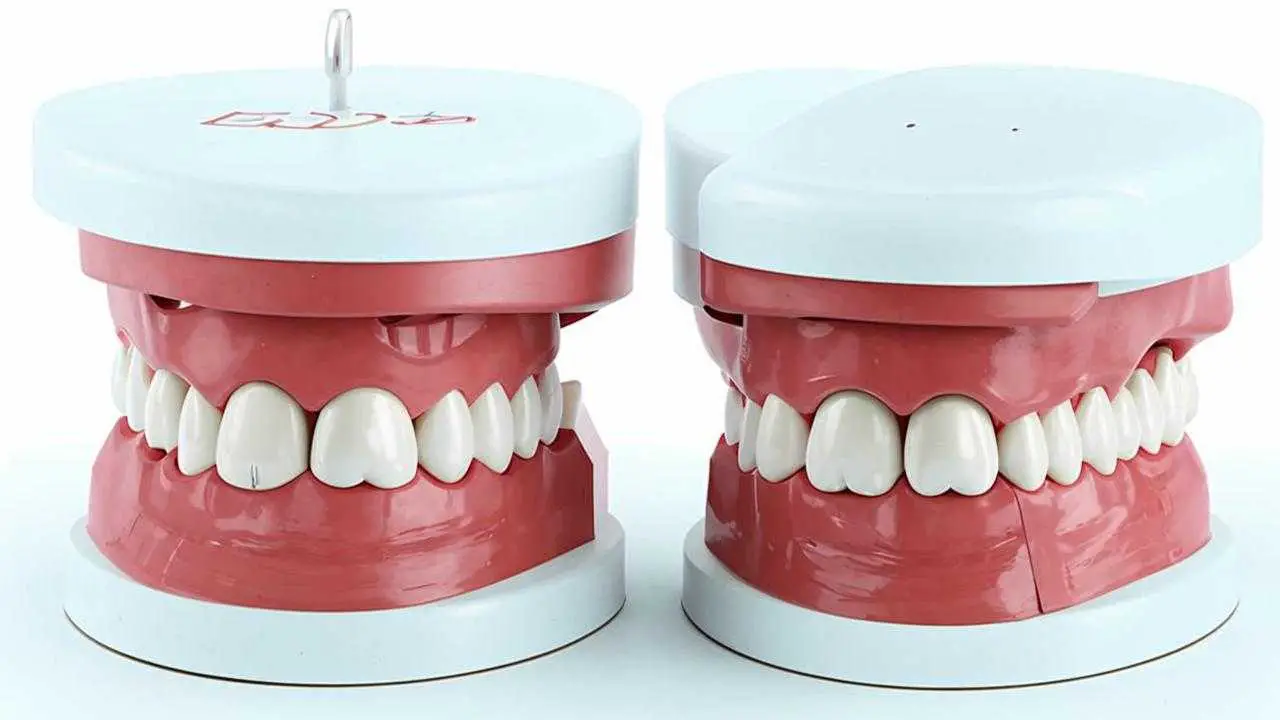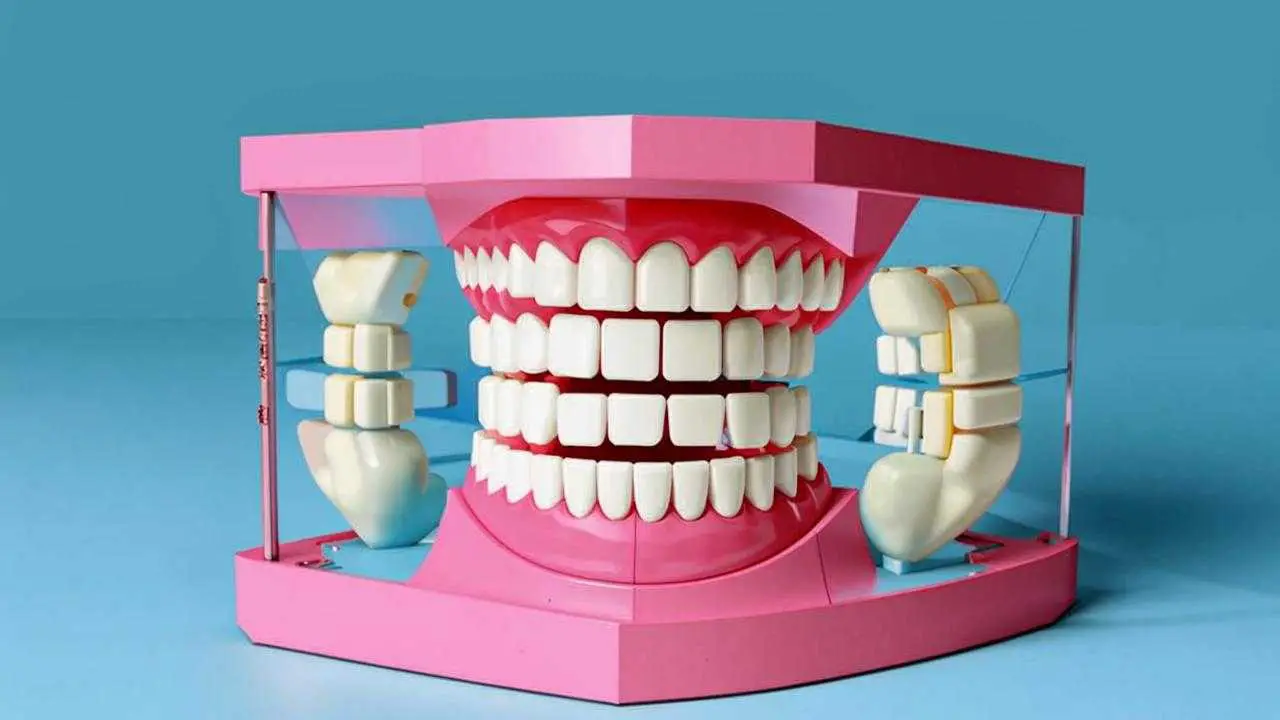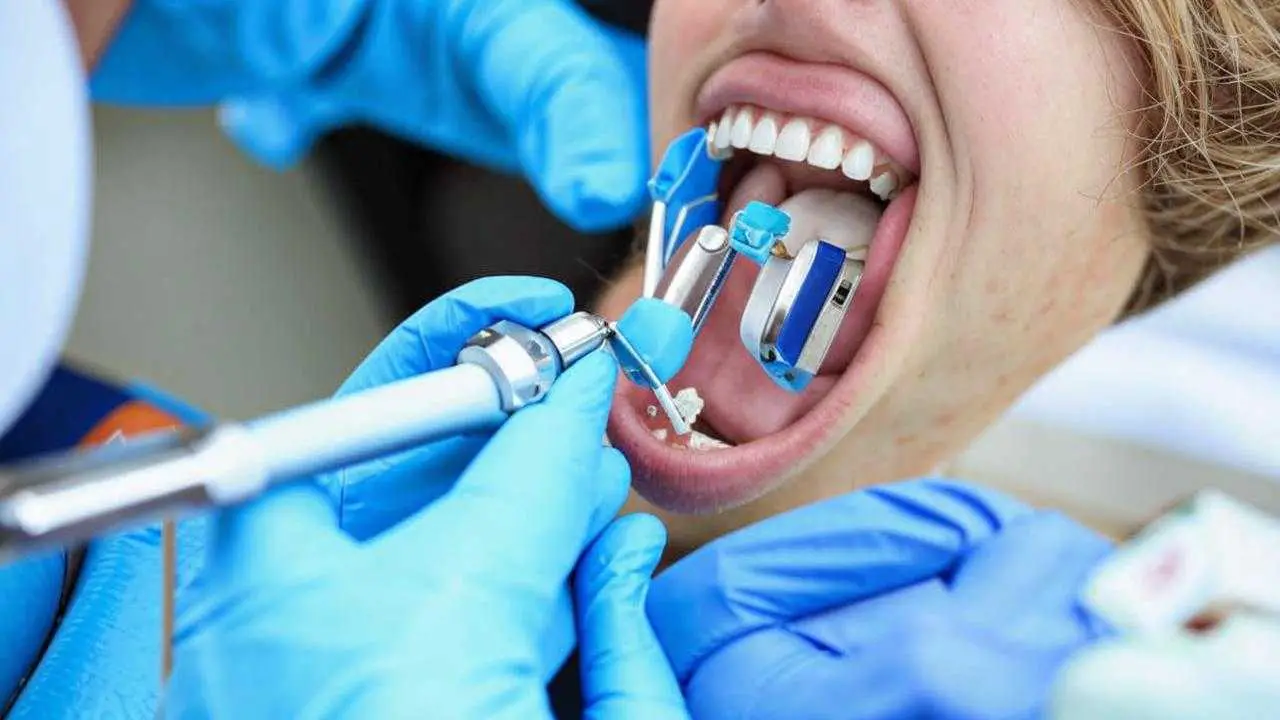Reading time ~ 5 min. Number of reads: 8841
When it comes to prosthetics, the first question that comes to mind is: which is better, veneers or crowns?
Both types of restorations belong to prosthetic dentistry, but their purpose is different.
How do veneers differ from crowns?
Veneers are thin composite or ceramic overlays on the visible surface of the tooth. They are placed only on one side of the tooth, with minimal tooth preparation. The main purpose is to restore the aesthetics of the smile.
Crowns – caps made of metal, metal-ceramic, ceramic or zirconium dioxide. They surround the tooth from all sides, preventing the penetration of bacteria. The preparation of the tooth is significant. Prior to placement, the tooth is depulped and the nerve (pulp) is removed. The main goal: to restore the function of the tooth.
Crowns or veneers – indications
On the front teeth, the aim is to place a restoration that resembles the natural tooth as much as possible. Therefore, the question of choice is very serious. The patient should listen to the doctor’s opinion, which is based on objective indications, diagnosis and the possibilities of the structure itself. The doctor takes the patient’s opinion into account, but only the doctor determines what is best to place in a particular clinical situation.
Onlays on the teeth are installed if there are:
- chips, cracks;
- unattractive shape of teeth;
- gaps between teeth;
- teeth outside the dental arch;
- discoloration of enamel.
In other words, the indications for veneers are minor defects.
Dental crowns are indicated when:
- destruction of the visible portion of the tooth (also called the crown) in excess of 50%;
- significant tooth discoloration;
- loss of function of the chewing teeth;
- severe enamel thinning;
- large area fillings;
- large interdental spaces.
Crowns differ from veneers in that the former are designed to compensate for complex dental defects that dental onlays cannot cope with.
However, there are situations where it is possible to choose which restoration to install. For example, contact sports athletes may prefer crowns, while veneers are too likely to break.
If there is a significant change in tooth color, the ability of ceramic plates to transmit and reflect light can play a negative role. It will not be possible to cover too dark a color, and a crown will cope with this.
Denture placement – what is the difference between veneers and crowns
The main difference in the installation is the amount of preparation. In order to affix a thin ceramic plate to a tooth, you need to remove the thinnest layer of enamel. The dentist needs to remove the enamel to such a thickness that the plate does not protrude, but fits like a mold. On the other hand, he needs to stop in time not to reach the next layer – dentin. The structure of dentin is such that the adhesive (dental cement) holds on it worse, which means that the life of the veneer will be shorter. It will simply fall off.
For a crown, the tooth has to be ground down much more. The difference between veneers and crowns in thickness is significant. Veneer thickness does not exceed 0.5 mm, and more often it is 0.2-0.3 mm. The thickness of a metal-ceramic crown can reach 1.5 mm. Falling out of such a design is a very rare phenomenon. It is difficult to lose or swallow it, so the restoration is simply put back.
The stages of installation in both cases are the same (with one exception – depulpation):
- Diagnosis. External examination, percussion (tapping), x-rays.
- Preparation for Prosthodontics. Frontal teeth are treated if necessary, professional cleaning is performed. When installing crowns, the tooth is depulped (nerve is removed).
- Color selection. It is much easier to choose the color of a crown than a veneer. Its thickness does not allow the dentin to affect the color. In the case of plates, the final result is influenced by three factors: the color of your own dentin, cement and the lining itself. This is a crucial stage for the dentist.
- Taking impressions. It is done by the classical method – on silicone, or with a scanner to build a 3D model. There are no differences at this stage.
- Fabrication of restorations in a dental laboratory. To overlay the tooth completely imitated it, from the technician requires great skill and artistic taste. Crowns are easier to work with. The difference between veneers and crowns is in the technique and material. The choice of material for crowns is wider, they can be made of metal, ceramic, metal-ceramic and zirconia. Dental onlays are made of ceramic and zirconia.
- Try-on. The patient is allowed to feel how the restoration fits on the teeth, whether there are any problems. If necessary, adjustments are made.
- Fixation. At this stage, the difference between veneers and crowns is the complexity of fixation. It is more difficult to work with plates. From the slightest inaccuracy depends on the service life. Installation requires greater precision. With the correct selection of color, after fixation it is impossible to distinguish the restoration from natural teeth.
Special care features
Whichever restoration is installed in the dentist’s office, its care does not differ from the care of natural teeth. Brush your teeth at least twice a day and floss. It is desirable to rinse your teeth after every meal. Have a checkup 2 times a year and be sure to remove plaque regularly. A crown protects the tooth from all sides, while an onlay protects only one side. The risk of tooth decay is many times higher with onlays, so hygiene should not be neglected in any case, but especially with veneers.





